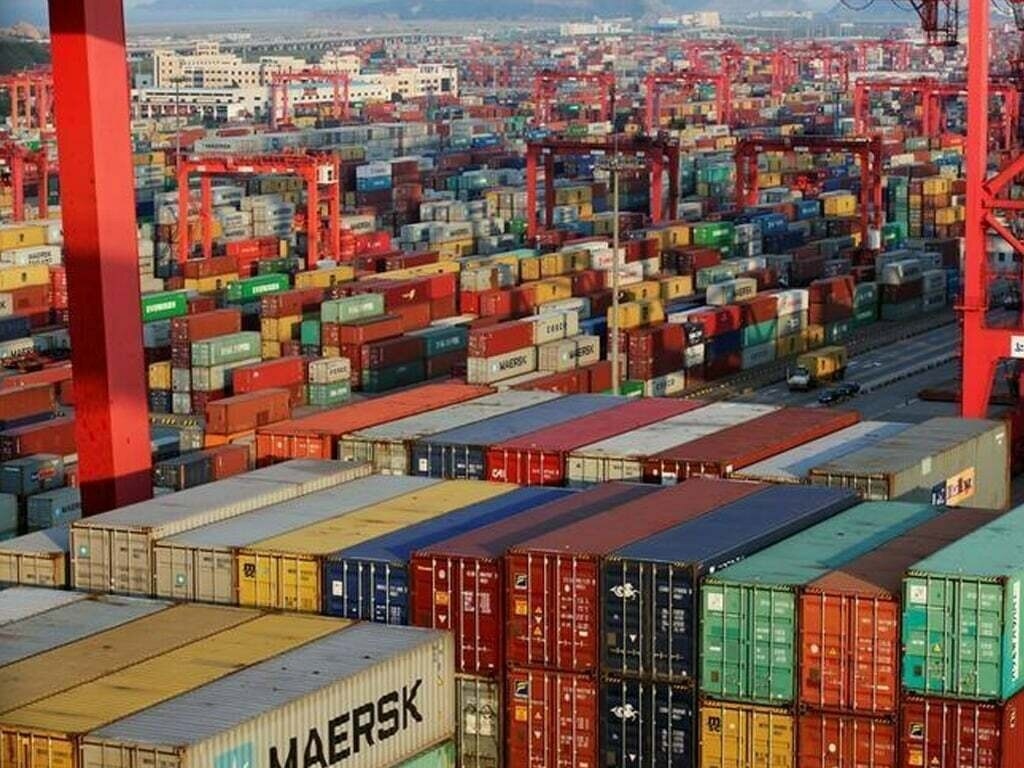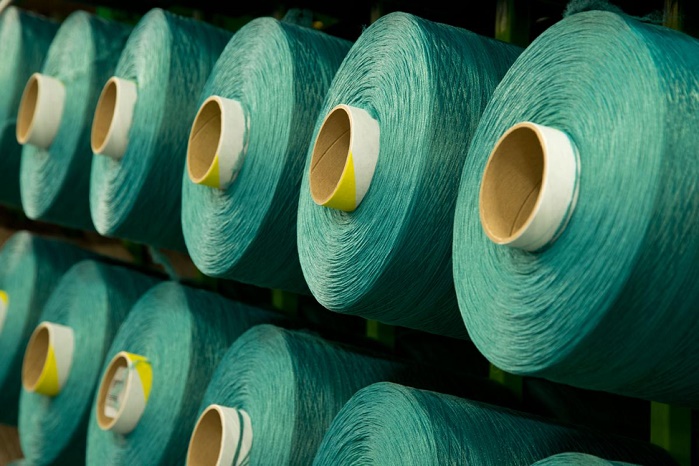Bangladesh will have to address three important factors -- higher productivity, workers' wage hike and profitability -- for sustainability of the apparel sector, say experts. This was the predominant thought in a discussion “Business Policy and Environment: Towards a Better Bangladesh” at Dhaka Apparel Summit 2017 on Saturday. “Frequent changes in policies hurt the viability of business. We need a long-term policy with a period of 10-12 years for making investment plan,” said BGMEA vice-president Mohammed Nasir. In his keynote address Nazneen Ahmed, senior research fellow of Bangladesh Institute of Development Studies (BIDS) said RMG sector is the driving force for growth of Bangladesh’s economy. It contributes 13 per cent to GDP. To achieve $50 billion export target Bangladesh will have to earn $22 billion in the next five year with a 12 per cent growth. He emphasized, Bangladesh RMG sector needs policy support, technological upgradation, skilled labour, market and product diversification. Retailers, suppliers and stakeholders could share the remediation cost of factories to reduce the burden on manufacturers. Apparel makers want to brand Bangladesh as the most compliant supplier. Investment in social dialogue is crucial at this moment.
Manufacturers have been spending millions of dollars on remediation and relocation of factories. Unavailability of workers is a major challenge in the case of relocation of factories. Most factories face multiple challenges in implementing remediation recommendations. Bangladesh will face challenges in becoming a middle income country if workers' wages are not increased. The voice of workers needs to be heard in terms of health and safety.
While more than 90 per cent of the factories in Vietnam and Cambodia are owned by foreign investors, in Bangladesh more than 90 per cent of the factories are owned by local entrepreneurs. For some reason buyers do not pay higher prices for garment products from Bangladesh, although they offer higher rates in China, India, Vietnam and Pakistan. The garment sector in Bangladesh has had to face major challenges, including the shock of a quota-free era, child labor, fallouts from the global financial meltdown, and finally, the Rana Plaza building collapse in 2013.











